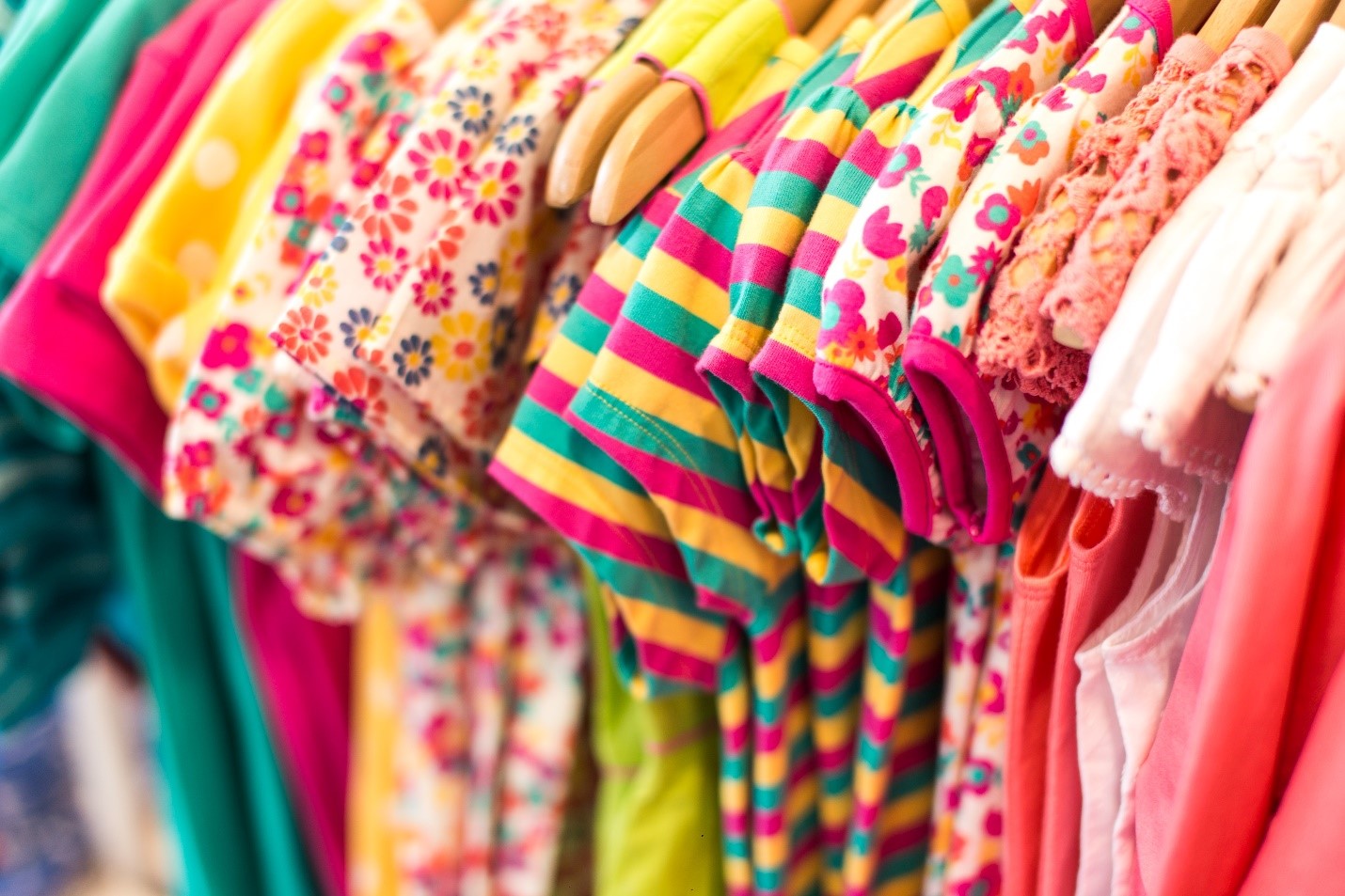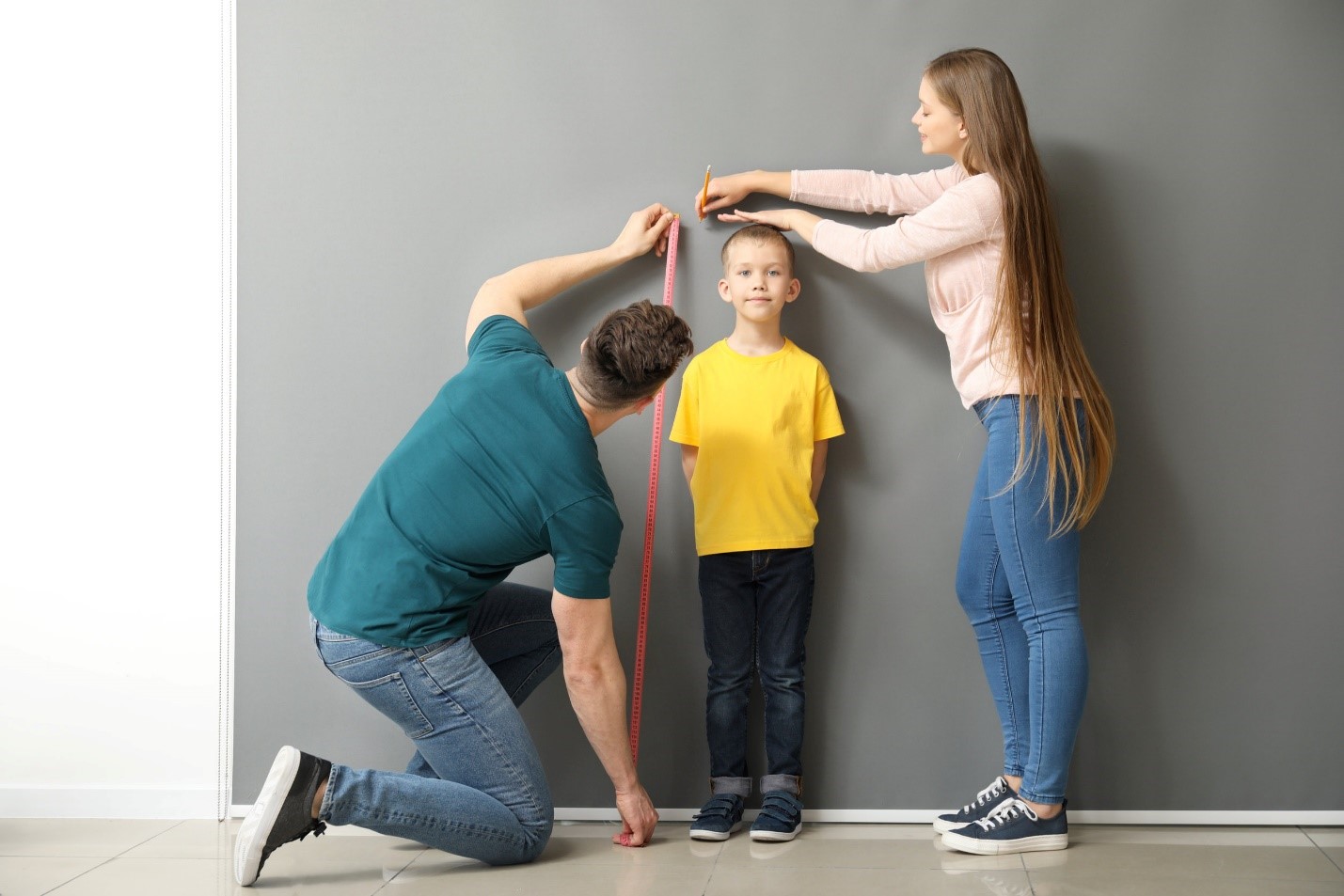Children’s clothes are simply adorable. However, they can be pretty confusing, especially to a new parent. A new parent will quickly realize that clothing sizes for children are not exactly the same for adults because they have their own sizing charts. This becomes confusing for parents looking to get the next size larger for their child wearing a 5T when they can’t figure out what the correct next size is.
After a 5T, parents can potentially get a 5 or even a 6 for their kid next. This would highly depend on how fast their child is growing. They can even get a 6T if they can find one. It can get difficult to say for certain when different brands have different sizing charts. However, the important thing is that your kid is comfortable in whatever they’re wearing.
This article will discuss children’s sizing measurements, what 5T is, what comes after 5T, and how to properly take measurements of your kid.
What is 5T?

When your child was below two years old, finding baby clothes was a little more systematic as baby clothes are usually categorized by how many months old your child is. However, this system soon changes once your little one becomes a toddler.
For toddlers, the primary sizing system used is 1-5T, where T stands for toddlers. The range can still vary from brand to brand. For example, some brands might start at 2T while others would offer up to 6T. However, you should be able to find that most brands carry around 2-5T at least.
For the most part, clothing at the T level is not yet gendered. The subtle differences begin at the Kid sizes – the sizing system right after the T system.
Although you can find 6T sizes in some brands, most brands end at 5T. Specifically, these are the measurements of 5T:
| Height | Weight | Chest | Waist |
| 41-43.5 in | 38-44 lbs | 23-25 in | 21-22.5 in |
| 104-111 cm | 17-20 kg | 58-64 cm | 53-57 cm |
While these are general sizes for a 5T, these sizes can still vary from one store to another. Many charts would also suggest that 5T is just the appropriate size for a five-year-old.
It is important to take note that these are American sizes. If you plan on getting clothing from European brands, you should expect to see a different sizing system. European sizing for children’s clothing is predominantly based on the child’s height. Fortunately, some brands would offer conversion charts, especially if you’re shopping online.
The Difference Between a 5T and a 5
Now, many parents would be confused at the difference between a 5T and a 5. For reference, here are the general measurements for a 5:
| Height | Weight | Chest | Waist |
| 41-45 in | 39-45 lbs | 22-23 in | 22-22.5 in |
| 104-114 cm | 17-20 kg | 56-58 cm | 56-57 cm |
As you can see, the differences between a 5T and a 5 are quite minimal. The high similarity adds much confusion to parents trying to discern the discern. This is also why many parents simply say that a 5T and a 5 are practically the same. However, there are key differences between a 5T and a 5.
For one, a 5T and all the other toddler sizes have a wider bottom and hip size compared to Kid sizes because toddler clothing is designed to potentially accommodate a diaper. Since diapers are thicker around, clothes for toddlers have to take that into consideration for the comfort of the child.
On the other hand, you can see from the charts that a 5 can be relatively longer in terms of height than a 5T. This is because the Kid size tries to accommodate the height of the growing child.
These are all very subtle differences, and some parents can get away with buying either a 5 or a 5T for their kid, as long as their child is happy and comfortable.
What Size Comes After 5T?
Once your toddler outgrows the 5T, what size should you get them next? This would really depend on how fast your child is growing.
Firstly, if the brand you are getting offers a 6T, that could potentially be an option for your next size. However, 6Ts are not very common.
Parents have been known to have two main options when getting the next size after 5T. Some parents get their kids a 5, which can be larger in some cases. However, some parents just go ahead and get their kids a size 6.
For reference, a size 6 is as follows:
| Height | Weight | Chest | Waist |
| 47-51 in | 42-50 lbs | 23-25 in | 22-23 in |
| 119-129 cm | 19-23 kg | 58-64 cm | 56-58 cm |
A good thing about toddler sizes and Kid sizes 5 and 6 is that they are still pretty much unisex. Many brands would begin to produce slightly different cuts and measurements for boys and girls starting at size 7. These gendered sizes would have slightly different measurements around the chest, waist, and hips.
Since sizes can vary from one brand to the next, it can be difficult to pin down what size comes after 5T to get exactly. The most important factor is that they should fit well and that your child feels comfortable wearing them.
When to Get Bigger Clothes
It is important that children have clothes that fit them properly and comfortably. As children, they want to explore and move around. Unfortunately, uncomfortable clothes might restrict this behavior and eventually cause them to be insecure and shy.
There are a number of signs to tell a parent when their child might need bigger clothes. Firstly, tops such as shirts and blouses will easily roll up when they’re getting too small. If you begin to notice this, it might be time to get larger clothes.
Bottoms such as pants would be more difficult to zip up, not to mention getting tight around the groin area.
Some parents intentionally get sizes that are one or two sizes larger than what their kid needs. This lessens the number of times they have to go out and get new clothes for their kids. This is perfectly fine as long as the clothes are not too big that they become a hindrance to movement as well. Larger clothes can potentially be dangerous (e.g., larger shirts can easily get snagged onto something, baggy pants can be tripped on, etc.).
How to Take Your Child’s Measurements?
Getting new clothes for your child can be a challenge, especially if you’re buying online and don’t have a way to try them on your kid first. Here are a few ways to accurately measure your child’s proportions to order the right-sized clothes the first time around.
Height

When measuring your kid’s height, it is important that they stand up straight. A quick and easy method to get them to stand up straight is to ask them to stand against a wall or a door frame. When you finally get the child against a flat surface, simply mark off the top of their head and measure the distance from that mark to the floor. This would be an easier task compared to trying to measure an energetic toddler from their head to their feet.
Chest
To measure the chest, you need to be able to wrap the measuring tape around the widest point of their chest under their arms. While some parents ask their kids to lift their arms up when measuring their child’s chest, it would be better when the arms are relaxed. Lifting the arms at the sides can activate some chest muscles to tighten. This means that you might be getting a different measurement when the arms are lifted compared to when the arms are relaxed at the sides.
Waist
Start measuring the waist by putting the measuring tape at the top of the hip bone and bringing it all around. The measuring tape should be about level with your kid’s belly button. It is important that your child is breathing normally. Some kids hold their breath when getting their measurements taken, and this could affect the results. After making sure that the measuring tape is not too tight and not too loose, you should also read the measurements right after your kid exhales.